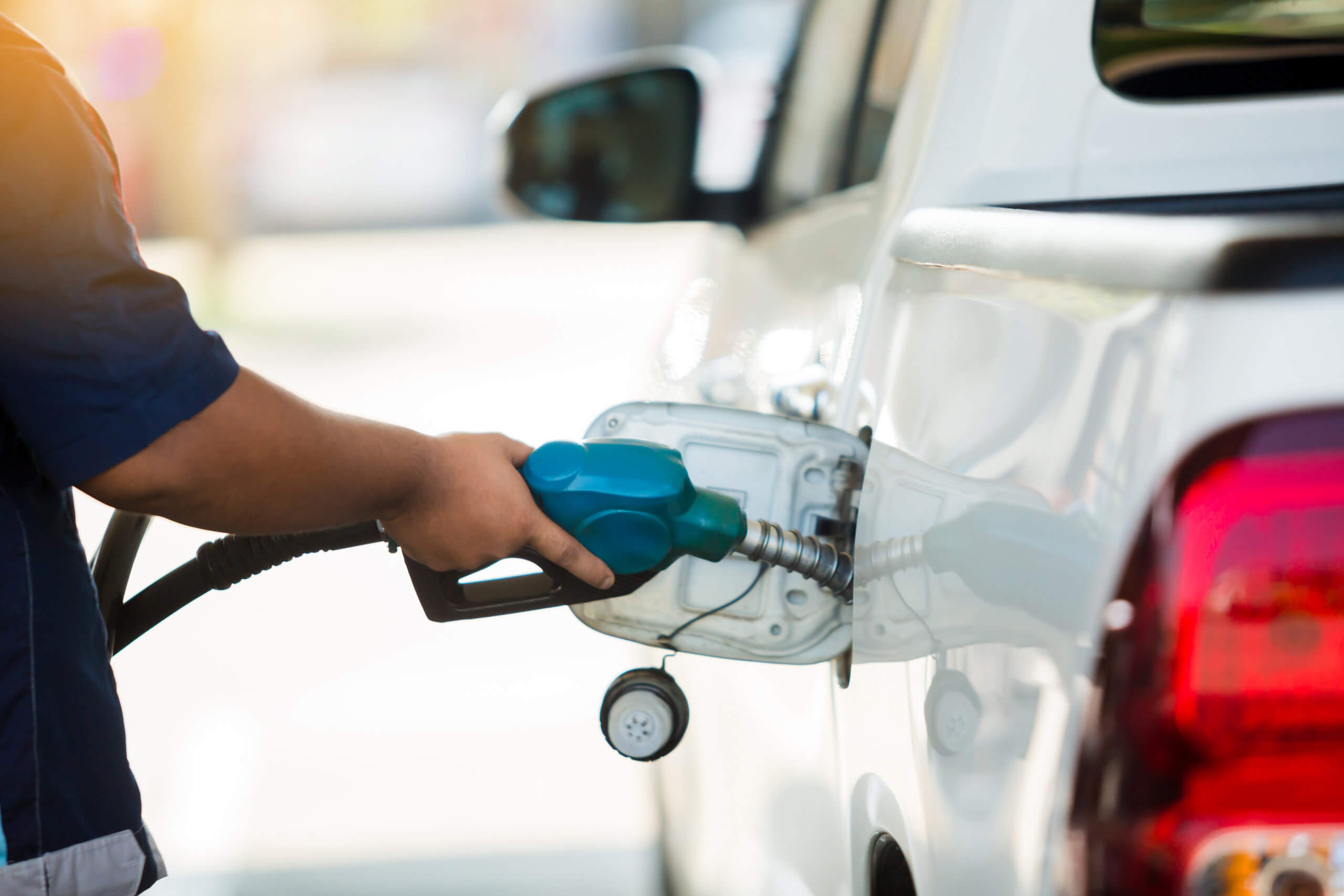In recent times the world has seen fuel prices falling beyond anything expected with diesel and petrol selling below $1 per litre at some pumps. Yet regional and rural communities have been left feeling that they are not joining in the party.
Many factors may affect fuel prices in Australia. The first of these is oversight by the Australian Competition and Consumer Commission (ACCC). While there hasn’t been pricing regulation since 1998 when diesel and petrol prices were deregulated, the Australian Competition and Consumer Commission (ACCC) still monitor retail fuel prices daily. Where they see issues of concern they will investigate, and where they find sufficient evidence, they may take action to protect consumers against misleading and anti-competitive conduct by fuel retailers.
The principle generally used by most wholesalers in Australia is to set prices according to the rates prevailing in Singapore, Australia’s closest international trading point. This means that fuel is priced according to the international market, thereby encouraging the explorers and producers to operate a viable internationally attractive industry which assists on-shore refiners to produce an Australian owned product. There are some allowances made to the cost of importing and storing product to give wholesalers an “Import Parity Price” (IPP) which is then reflected in wholesale pricing. There is generally a small delay of about 10 days from the Singapore price to the wholesalers IPP to allow for the time it might theoretically take to move the product to Australia. Terminal operators then add a margin and publish a daily Terminal Gate Price (TGP) for each product available at each terminal. There is no regulation governing who can and cannot access product at the TGP, other than:
- that the buyer must meet minimum volume requirements (one tanker load, for example); and
- that the buyer is approved from a safety and industry regulations perspective to access a terminal.
Retailers purchase fuel from the wholesalers’ terminals and add any associated costs and margins to arrive at the price paid by consumers. For regional areas, this can vary enormously and depends on freight, volume efficiencies, and the need to add a viable margin. For those retailers buying in large volumes, there may be further delays in matching international movements as existing inventory must be moved before gaining access to new product at either a rising or falling price. In recent times there have been very large movements that can be impossible to track quickly.
A key factor affecting the retail price is the tax component. Currently, every litre of petrol and distillate contains 42.3 cents per litre (cpl) of federal excise. So, at its current low point, the diesel price in Singapore is around US$33/bbl which is AUD 32.9cpl.
Assuming the cost of international freight, insurance, and terminaling is around AUD 10cpl, then adding the excise and GST provides a wholesale price of AUD 93.7cpl. This is reflected in the current national average Terminal Gate Price. As a result, there is volatility in the base, and then adding freight, wholesaler, and retailer costs and margin provides the typical prices seen in the market.
There is a unique behaviour in the Australian metropolitan petrol markets referred to as the “retail price cycle” where metro retailers may vary their margins from approximately zero to more than AUD 30cpl on a cyclical basis. This has no relationship to global pricing, other than that the extremities of the range will move with the Australian wholesale price. Authorities such as the ACCC are generally reluctant to interfere with this as it benefits the consumers who monitor the cycle and maximise their purchases at the low points.
The result of COVID-19 has been a dramatic reduction in travel and movement globally, reducing the demand for crude oil for refining into fuels by as much as 30%. Coupled with this, there has been a dispute between Saudi Arabia, Russia, and the USA about market share along with an attempt by Saudi Arabia and Russia to flood the market with product intending to drive the higher-cost US producers into bankruptcy.
This has caused the very low prices seen recently and the anomaly where some speculative traders were recently caught with product they could not sell or take delivery of. As a result, these traders were forced to pay to have their commitments taken over – hence the “negative” price which was widely reported.
Most commentators expect the price to remain low for at least the rest of this year, as the fundamental demand is not likely to rise significantly. There may be some inevitable fluctuations as traders react to news about the global economy and the transition of the world to a post COVID-19 era.




